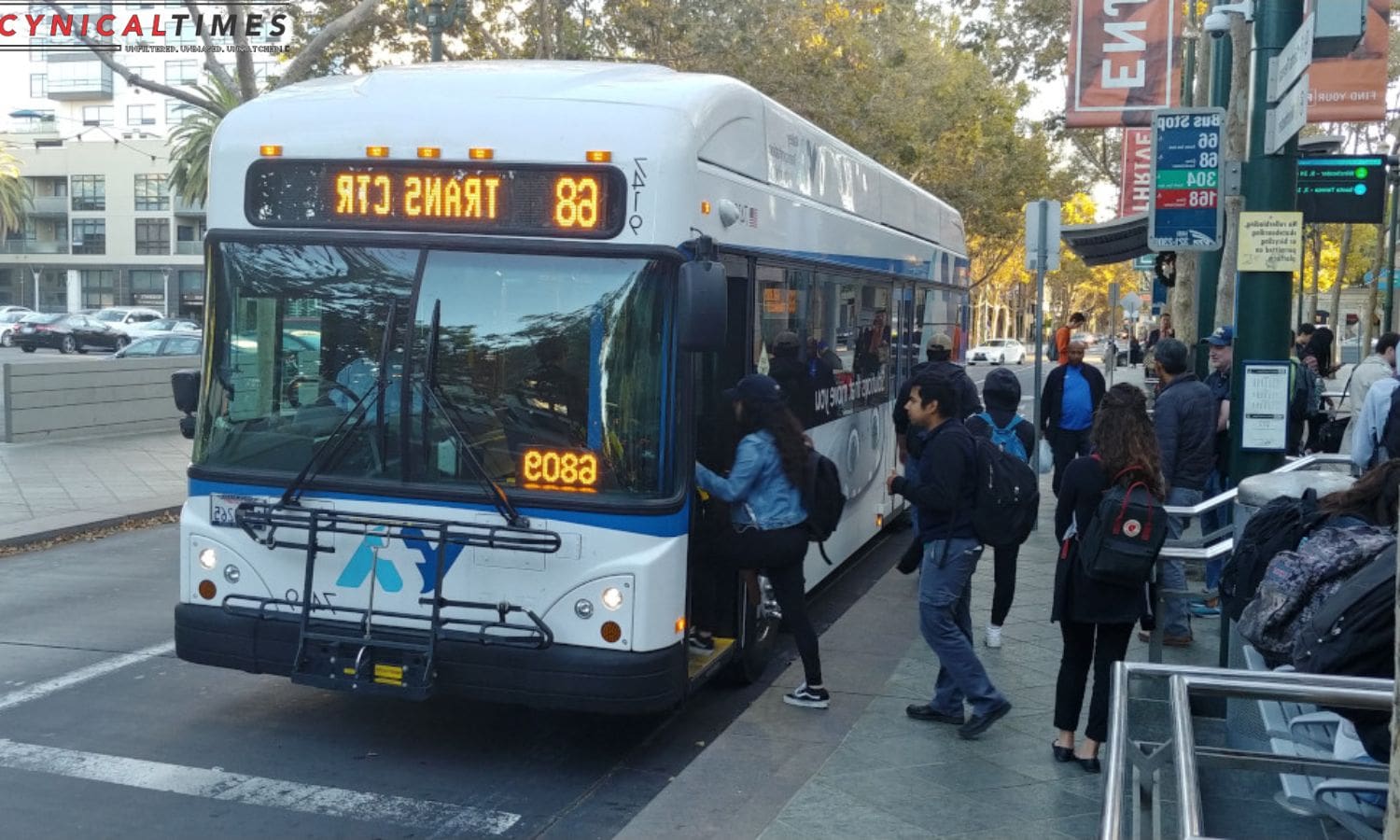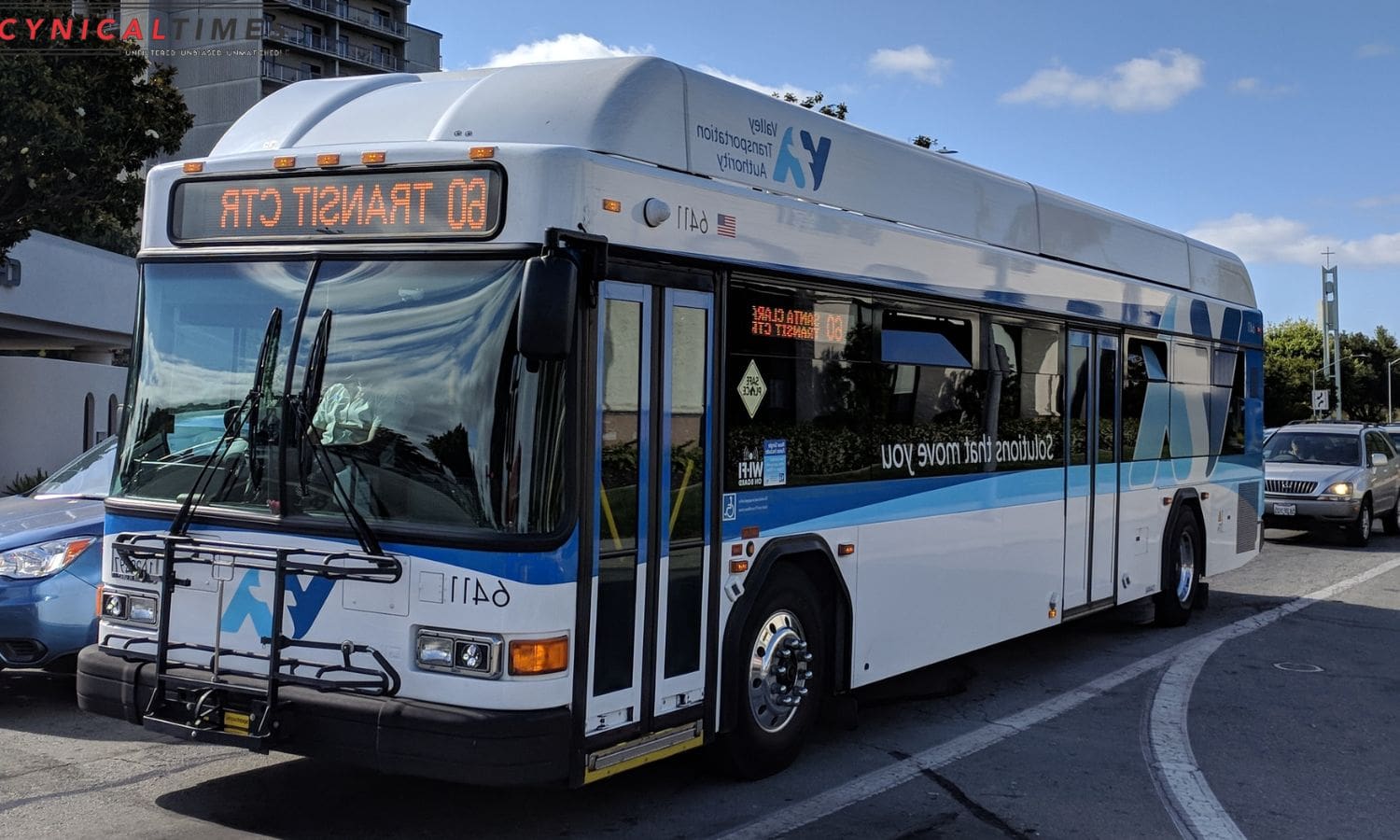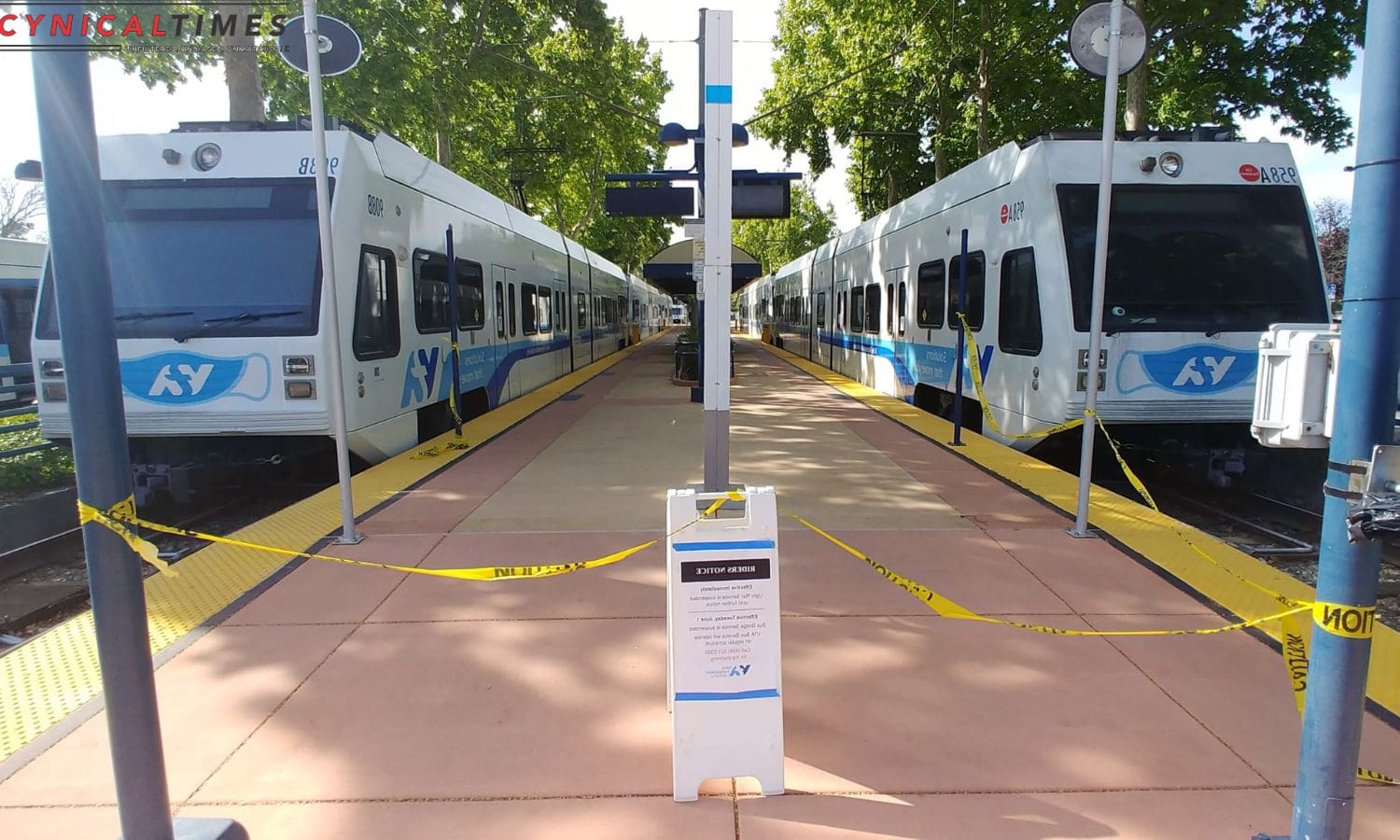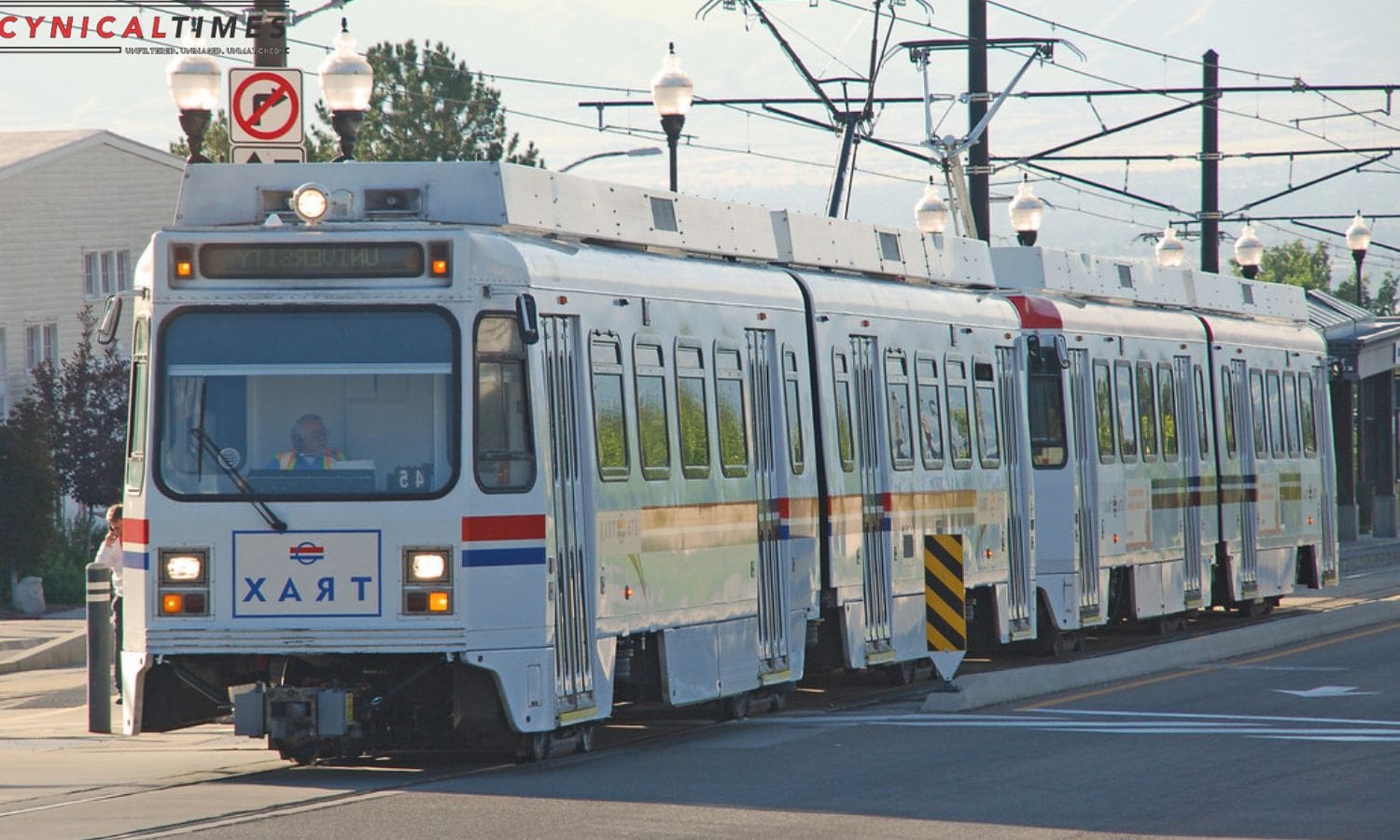Bus Centric Innovation: Silicon Valley, known for its technological advancements, is now seeking innovative solutions to its transit challenges.
In this article, we will explore the concept of bus-centric innovation and the Antiplanner’s Polycentric Transit Model as a potential remedy.
By critically analyzing the current rail transit design and proposing an alternative transit model, this article aims to provide an informative and analytical perspective on how Silicon Valley can revolutionize its transportation system.
Unique proposal and considerations of San Jose’s polycentric transit model.
Key Takeaways Of Bus Centric Innovation
- Significant decline in ridership and lack of expected increase in Silicon Valley and San Jose
- Critique of rail transit design and the need for a more flexible and adaptable approach
- Alternative bus-centric transit proposal for Silicon Valley with strategically located transit centers and non-stop bus connections
- Introduction of polycentric transit models for optimizing efficiency and accessibility, reducing congestion, and recognizing unique transportation needs


Overview of Transit Investment and Ridership Discrepancy
The analysis reveals a significant decline in ridership, with a decrease of over 30% compared to historical bus statistics in Silicon Valley and San Jose. This decline in ridership raises concerns about the effectiveness of the $7 billion investment in rail transit in the region.
Despite the substantial financial commitment, the expected increase in ridership has not materialized. This discrepancy between the investment and the actual ridership figures calls into question the decision-making process and the assumptions made by the authorities.
It is crucial to understand the reasons behind this decline in ridership, which could include factors such as limited accessibility, inadequate marketing and promotion, and a lack of integration with existing bus networks.
Addressing these issues is vital to ensure that the significant investment in rail transit in Silicon Valley and San Jose yields the desired results and benefits the local community.
Critique of Rail Transit Design
An analysis of rail transit design reveals several flaws and limitations in its effectiveness and efficiency. These shortcomings contribute to the failure of rail transit systems to adequately serve the needs of commuters.
Some of the key critiques of rail transit design include:
- Central hub focus: The emphasis on a central hub as the main transit point limits accessibility for individuals whose destinations are not located near the hub. This design flaw creates longer travel times and inconvenience for many commuters.
- Disconnect between job locations and transit routes: Rail transit often fails to align with the distribution of job locations, resulting in inefficient journeys for workers. This misalignment adds to congestion on roads and undermines the potential benefit of rail transit in reducing traffic.
These flaws highlight the need for a more flexible and adaptable approach to transit design, such as the bus-centric polycentric model proposed by the Antiplanner. By addressing these limitations, transit systems can better serve the diverse needs of commuters and contribute to more sustainable transportation solutions.


Also Read: ACLU Lawsuit Sparks Change: Overhauling Bail Practices in Santa Clara County
Alternative Transit Proposal by Opportunity Now and the Antiplanner
Opportunity Now and the Antiplanner have proposed an alternative transit proposal for Silicon Valley. This innovative plan aims to address the transportation challenges faced by the region by focusing on a bus-centric transit model.
The proposal outlines the establishment of six primary transit centers and four secondary transit centers strategically located throughout Silicon Valley. These centers will serve as hubs for non-stop bus connections, enabling efficient and seamless travel for commuters.
By utilizing freeways, the plan seeks to enhance bus speed and reduce travel times. This alternative transit proposal by Opportunity Now and the Antiplanner offers a fresh perspective on addressing the region’s transportation needs.
With its emphasis on bus-centric innovation, this plan has the potential to revolutionize transit in Silicon Valley and provide a more efficient and sustainable transportation system for its residents.
Polycentric Transit Models
This innovative transit proposal for Silicon Valley builds upon the previous subtopic by introducing the concept of polycentric transit models. Polycentric transit models are designed to accommodate multiple centers of activity within a region, rather than relying solely on a central hub. This approach recognizes that cities are not homogeneous, and different areas may have their own unique transportation needs.
The Antiplanner’s polycentric transit model for Silicon Valley aims to optimize the efficiency and accessibility of the transit network by strategically placing transit centers throughout the region. This allows for more direct routes, shorter travel times, and improved connectivity between different activity centers.
Benefits of polycentric transit models include:
- Reduced congestion: By providing efficient public transportation options to different activity centers, polycentric transit models can help alleviate traffic congestion in the region.
- Increased accessibility: The strategic placement of transit centers ensures that residents have convenient access to public transportation, improving mobility for all.
San Jose’s Unique Proposal and Considerations
San Jose’s unique proposal and considerations revolve around the implementation of the polycentric transit model, emphasizing the city’s diverse transportation needs.
As a major urban center in Silicon Valley, San Jose faces the challenge of catering to a growing population with varied commuting patterns. The proposal aims to address this by providing a comprehensive and efficient transit system that covers the entire urban area.
By adopting a bus-centric approach, the plan offers a flexible and cost-effective solution that can be easily adapted to changing demands.
Additionally, the proposal takes into account the city’s unique characteristics, such as its sprawling layout and multiple employment centers. This ensures that residents have access to reliable and convenient transportation options, reducing congestion and improving overall mobility in San Jose.


Conclusion Of Bus Centric Innovation
The Antiplanner’s polycentric transit model for Silicon Valley offers a compelling alternative to traditional rail transit designs. By focusing on bus-centric innovation and considering the unique needs of the region, this proposal addresses the discrepancy between transit investment and ridership.
San Jose’s unique proposal further highlights the potential of polycentric transit models. Overall, these alternative approaches have the potential to revolutionize transportation in Silicon Valley and create a more efficient and sustainable transit system.
Our Reader’s Queries
What are the innovations in the transportation industry?
The use of driverless vehicles is on the rise in the industry. Startups are creating semi and fully autonomous cars equipped with advanced driver-assistance systems (ADAS), light detection and ranging (LIDAR), and computer vision. Additionally, drones, robots, and driverless trucks are being utilized for autonomous last-mile deliveries.
How can bus systems be improved?
Creating a more efficient and user-friendly bus system can be achieved through four key strategies. Firstly, schedules should be frequent and easy to navigate for riders. Secondly, simplifying bus routes and reducing branching can help streamline the system. Thirdly, providing clearer route numbers can help riders easily identify their desired bus. Finally, increasing bus speed can be achieved through off-board fare collection, dedicated bus lanes, and signal priority. By implementing these strategies, a better bus system can be built for all.
What are the future public transportation technologies?
The future of transportation is set to revolutionize the way we travel. Self-driving cars, drones, and maglev trains are just a few of the innovative technologies that will help reduce carbon emissions, increase autonomous travel, and promote safety and efficiency, particularly in urban areas. With these advancements, we can expect a more sustainable and convenient mode of transportation that will benefit both individuals and the environment.
What will transportation be like in 2050?
In the year 2050, smart transportation systems will place a high priority on sustainability and environmental awareness. The use of renewable energy sources, such as solar and wind power, will be prevalent in powering transportation infrastructure. Additionally, electric vehicle charging networks will be widely available, making it effortless to access clean energy.

